Parent materials
Amber Anderson
- Match depositional forces and the resulting material/properties
- Predict properties of an area based upon parent materials
- Identify potential management challenges based upon a given parent material
Parent material
A parent material is the substance in which a soil develops. The properties of the original substance will significantly influence the resulting soil profile and properties.
Transporting forces
Several different forces transport materials to the places we find them today. Sometimes, multiple forces combined to deposit the material, such as ice or gravity plus water. Other times, one force deposited a new material on top of an existing, like loess over glacial till, or alluvium over other material. High-energy transporters, like ice, don’t sort the particles as low-energy transporters, like water and wind. Therefore, low-energy transported materials tend to be well-sorted, whereas high-energy transported materials tend to be unsorted.
Ice
During past ice ages, parts of the central US were covered in thick sheets of ice. The massive weight and power of these sheets ground down bedrock in Canada, transporting both small particles and huge boulders. This history of material deposition, along with the following prairie vegetation, have given Iowa the fertile soils present today.
Glacial Till
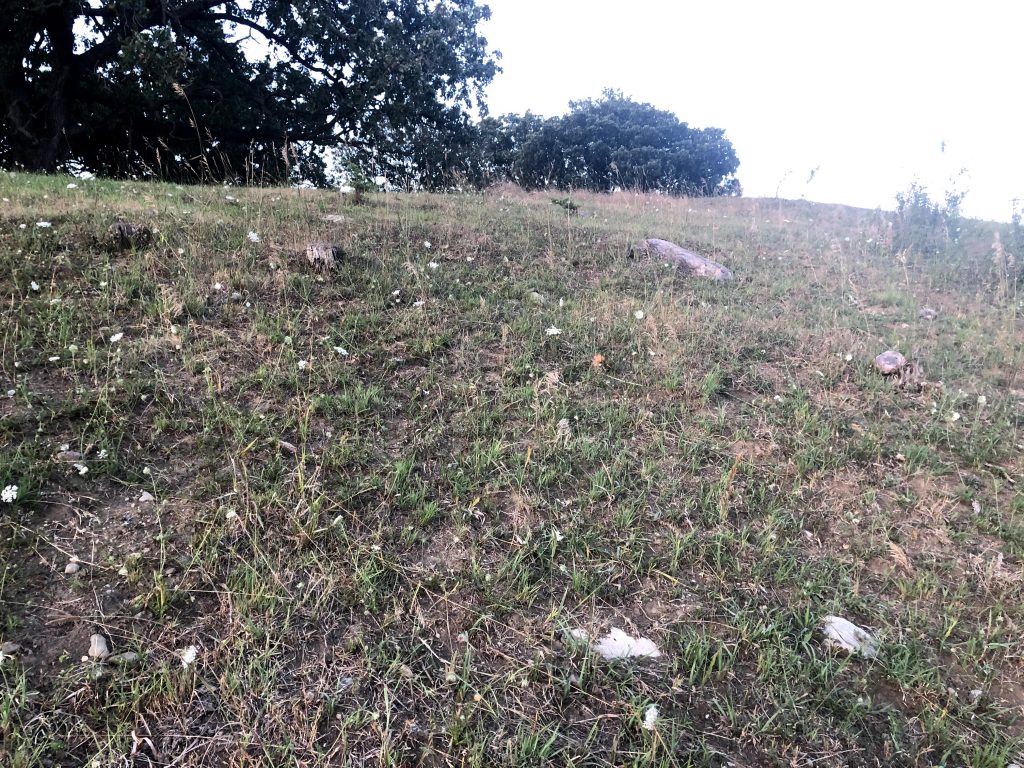
This material was both carried and deposited by ice. Glaciers covered much of the northern part of the United States, and down into the Northeast corner of Kansas and northern part of Missouri in the central US. Since the ice crossed a variety of bedrock on its trip, these materials usually contain loamy textures (indicating mixed sand, silt, and clay), as well as assorted shapes, colors, and sizes of rocks. Management concerns could be related to the rock fragments found in the material.
Glacial Outwash
This material was carried by ice but sorted by water as it was rushing out of the glacier. Small particles that could stay suspended in water, like silts and clays, were washed away. Larger particles, like sands and gravels, were sorted and deposited at the edge of the current glacier. Management concerns may include low water or nutrient holding capacity. Deposits of outwash can be found across the same region as glacial till, but in pockets or slopes across rather than across a widespread area.
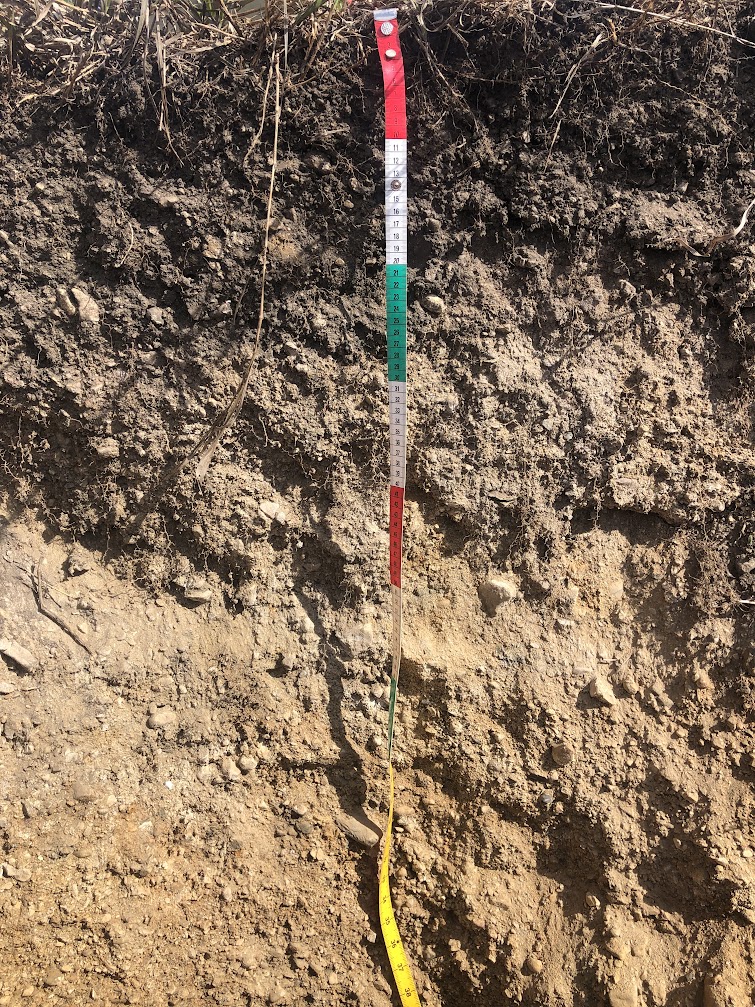
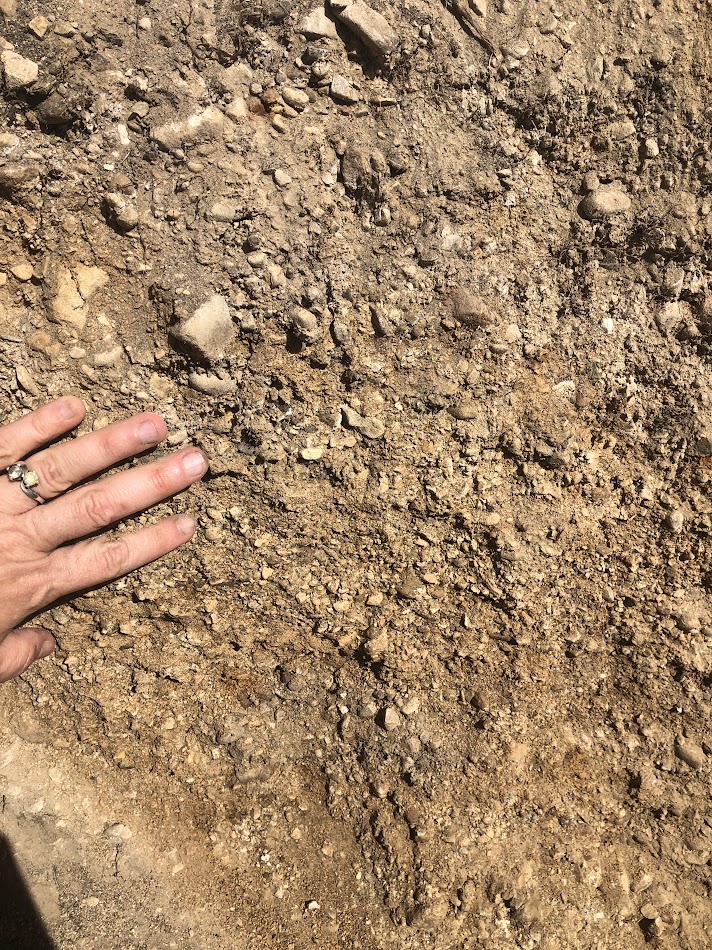
Water
Water is considered a low-energy transporter, leading to sorted materials. These could be coarse or fine. These might have alternating layers if periods of high and low flow normally occur.
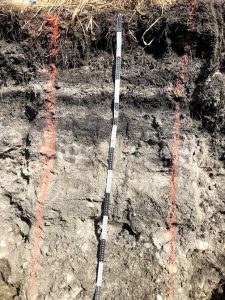
Alluvium
Alluvium deposits are formed from running water, as might be found next to a river. Since the size of the material potentially transported is highly dependent on the speed or energy of the water, these are well sorted materials. They can also change in short distances both vertically or horizontally, as rivers may move or carry different amounts of water over time. Alluvial deposits can be found near streams or sometimes upland drainageways, generally on the flat part of the landscape or steps above the stream or channel. Management concerns could include active flooding or may differ in short distances across the field.

These materials are relatively unchanged since deposition. Photo Credit: Amber Anderson
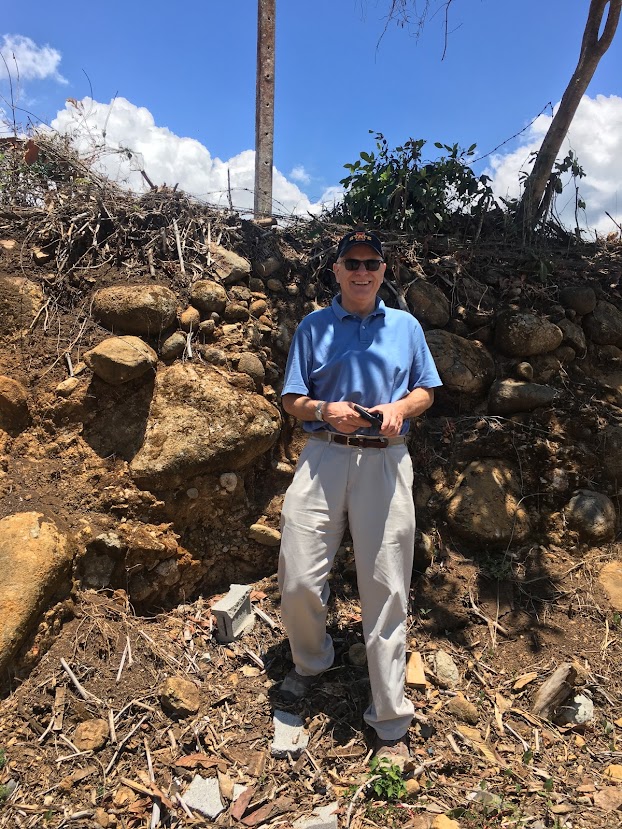
Lacustrine
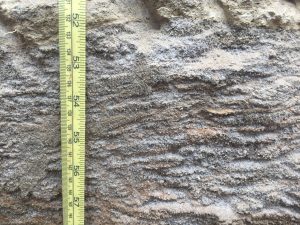
Lacustrine materials were deposited in lake environments. Since these were former lake beds, they tend to occur on lower parts of the landscape and be relatively flat. Rivers flowing into lakes may be carrying significant sediment, but larger materials are dropped as soon as the water enters the lake and slows. Therefore, lacustrine deposits are generally composed of smaller particles, such as silts and clays. As water flowing into the lake has periods of higher and lower flow, small alternating layers can frequently be found in the C horizon of these deposits as can be seen in the photo. Management concerns are likely related to the fine textures and low/wet part of the landscape.
Marine
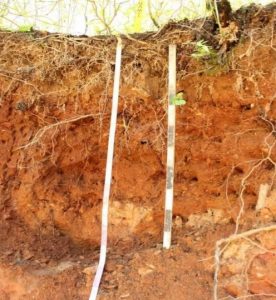
These deposits are found along former coastal areas, not necessarily where coasts exist today. Fertility may be a concern since materials remaining after water movement may be high in resistant minerals like quartz, which is low in weatherable plant nutrients.
Gravity
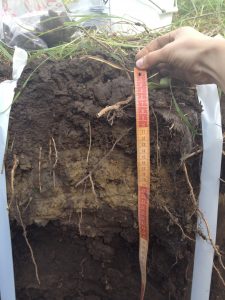
Colluvium
Colluvium is highly variable, as it depends what was uphill at the time of deposition. These are most commonly found on current or former footslopes, where material slowed down due to the decrease in slope. Management concerns may be stability of the landscape or vary based upon the uphill material’s properties.
Wind

Loess
Loess is wind-blown silt materials. Western Iowa is known as one of the deepest accumulations of this material, in the Loess Hills. These deposits are generally both fertile and highly erodible, leading to need for careful management. As one moves away from the source, the depth thins and the texture becomes finer. Across the state of Iowa, this means a shift from over 100 feet to just a few feet, while the texture shifts from silt loams to silty clay loam textures. The material may appear slightly yellow, as seen in the photo.
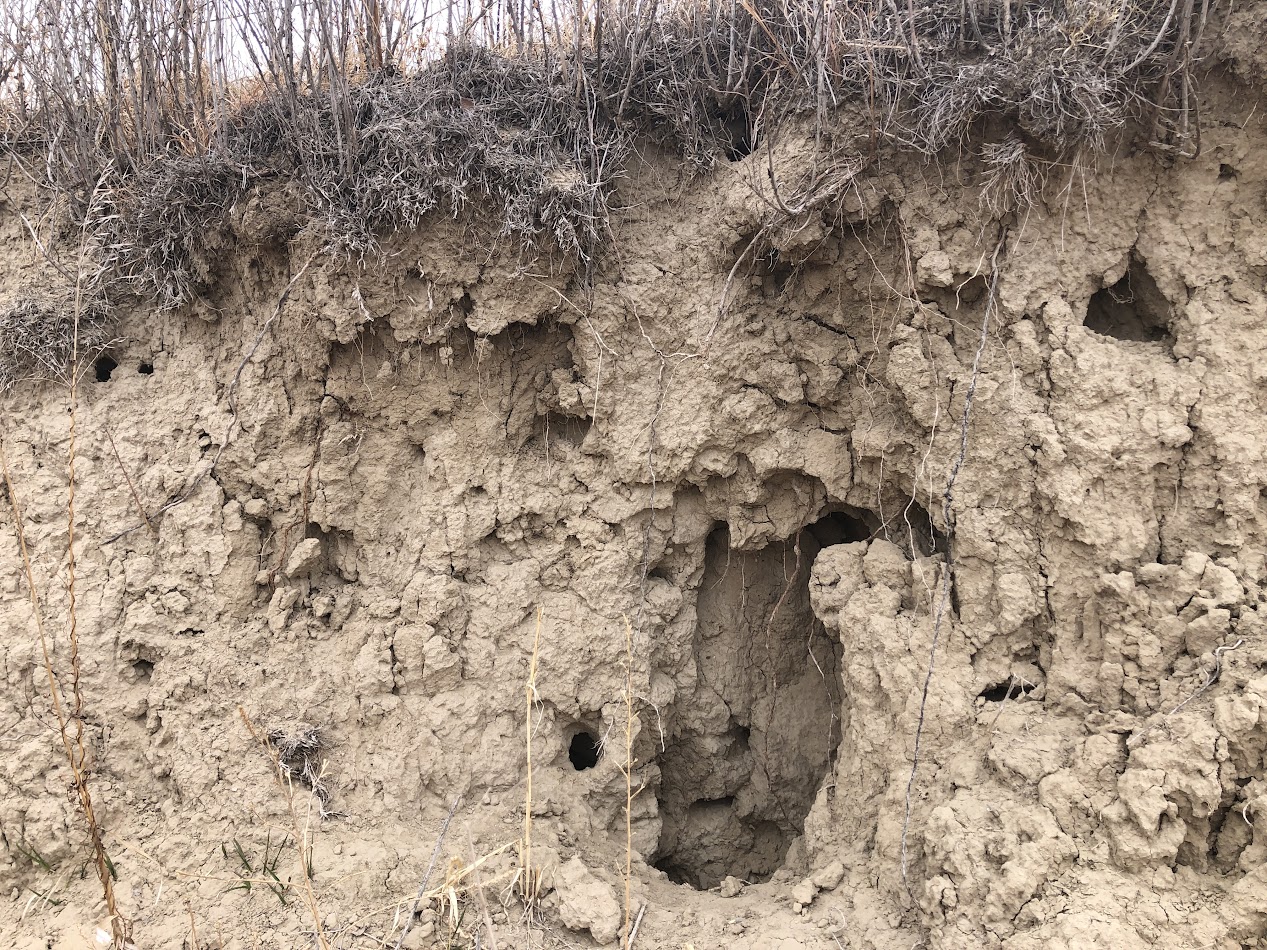
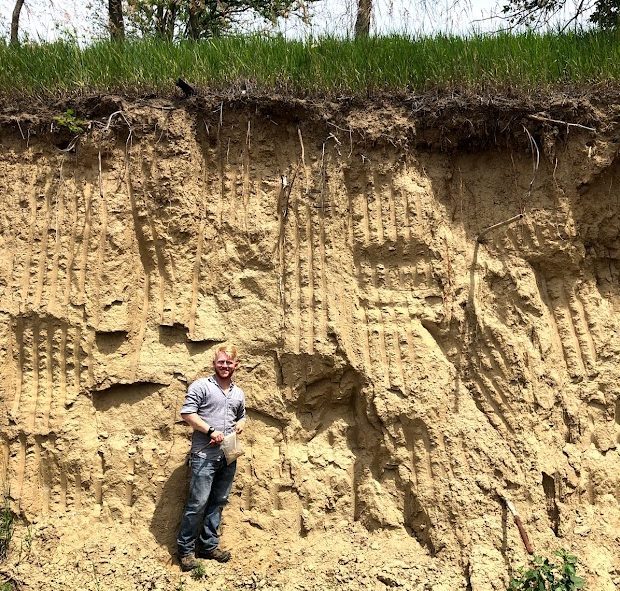
Aeolian Sand
Aeolian sand can be found downwind of a source, such as near a sediment heavy river, especially during periods of low water flow when the sediments would be exposed. These are generally found closer to the source, and are fine sands rather than larger or mixed sands, due to the weight of the sands-coarse sands being too heavy to transport in the wind column.
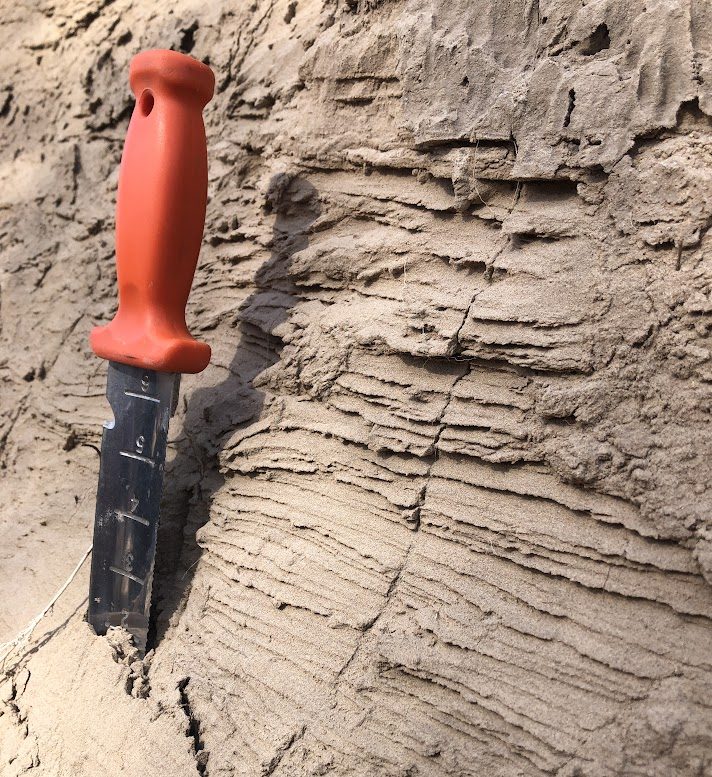

Residuum
Soils with a parent material of residuum form into bedrock that was brought to the surface. In some cases, that may be at significant depths as in highly weathered tropical conditions found in the picture (left). In conditions where less weathering has occurred, it may be found at shallow depths. Properties are based upon the original parent material properties, like sandstone resulting in a soil with low water and nutrient holding capacity, but high aeration.
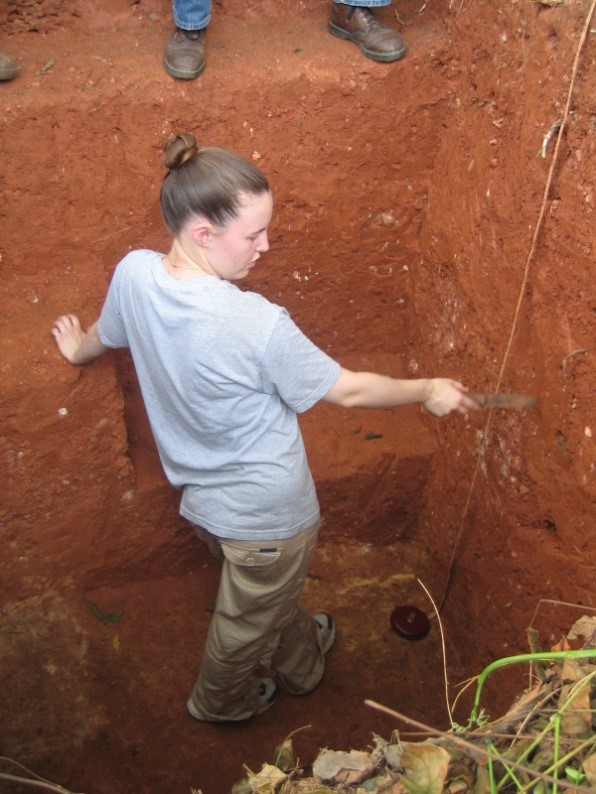

Organic accumulation
Occasionally noted in soil descriptions, some surface materials are due to organic accumulation. This may occur when anaerobic conditions have prevented decomposition at a rate equal to plant production. If drained, as in the picture on the right, decomposition can occur and subsidence may be a significant concern.
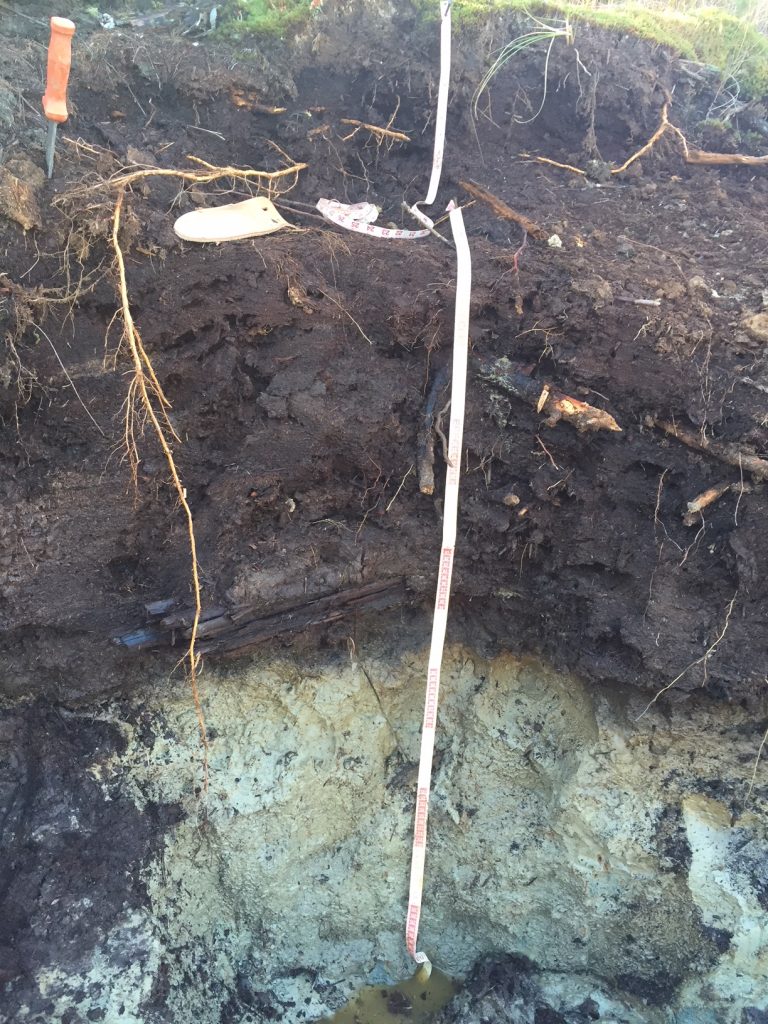
- Soil materials can be deposited by a variety of forces under different conditions
- Depositional differences (high energy, low energy) influence the resulting soil properties
- Parent material properties can significantly influence management concerns
Decrease in elevation of the soil surface, due to organic decomposition or removal of some material underneath that was supporting the surface (like water)

